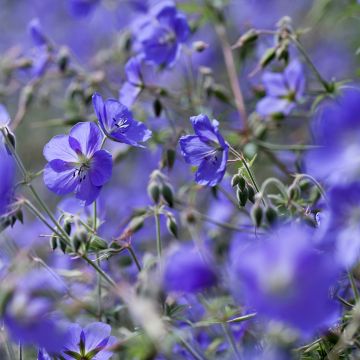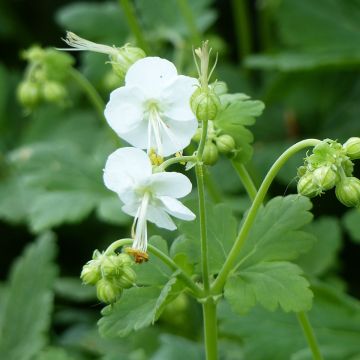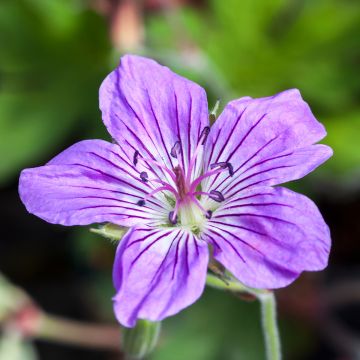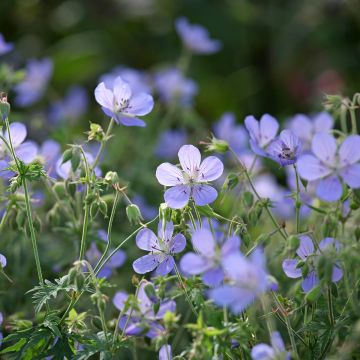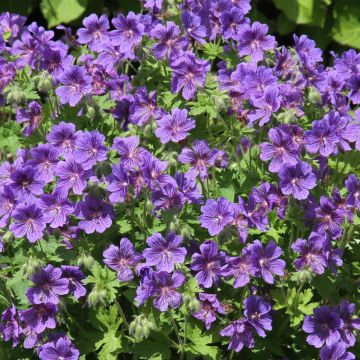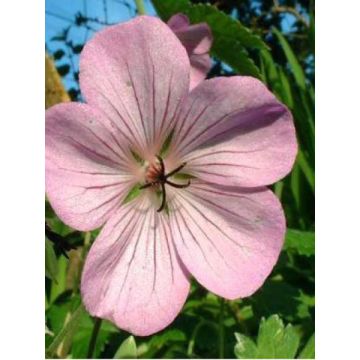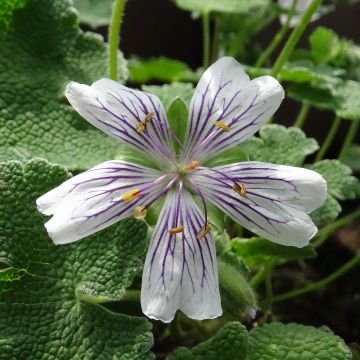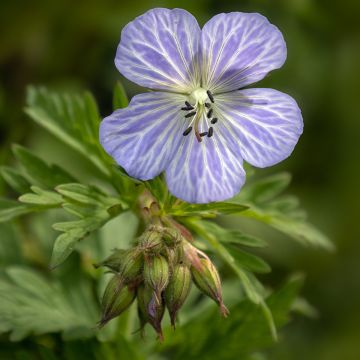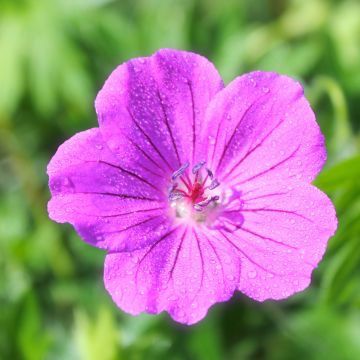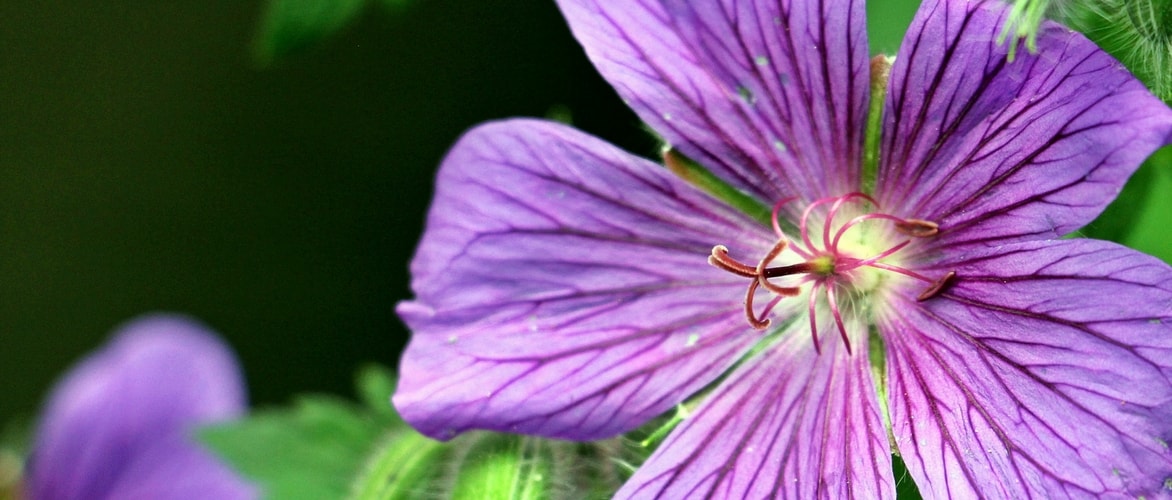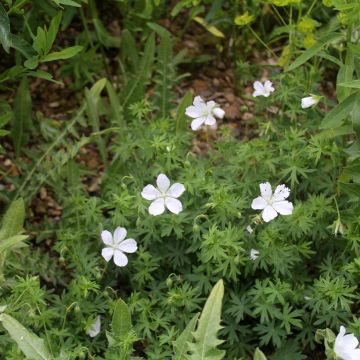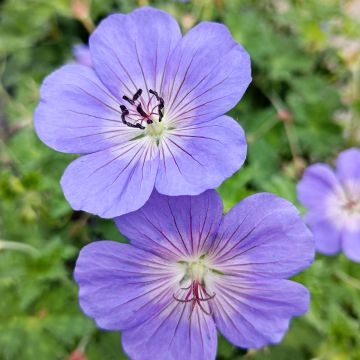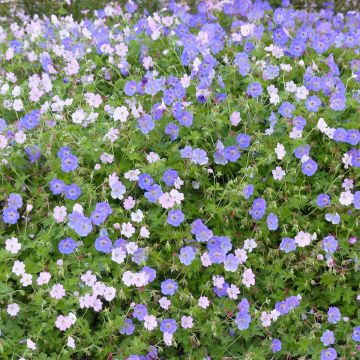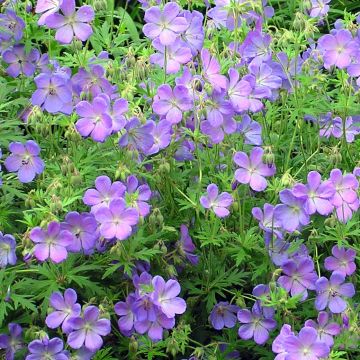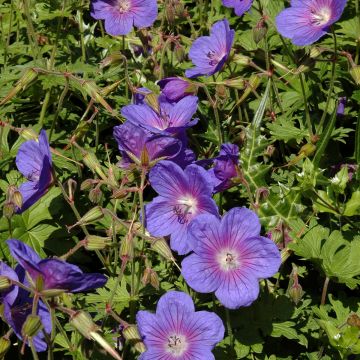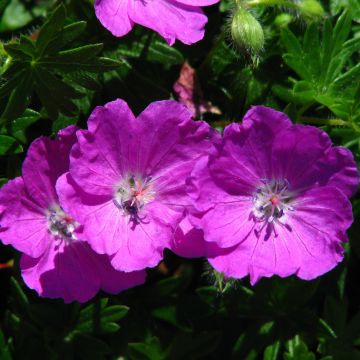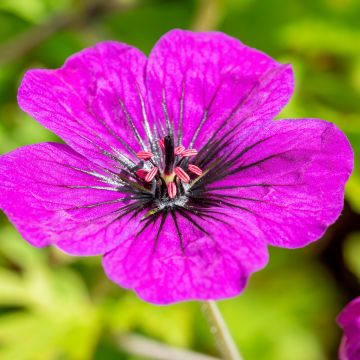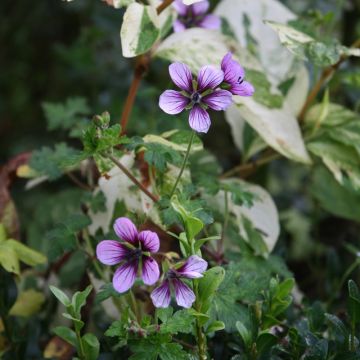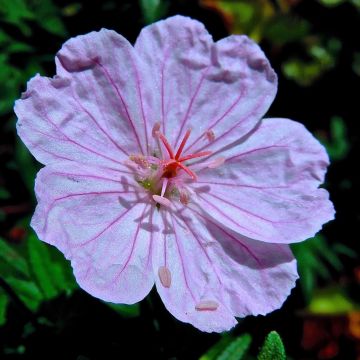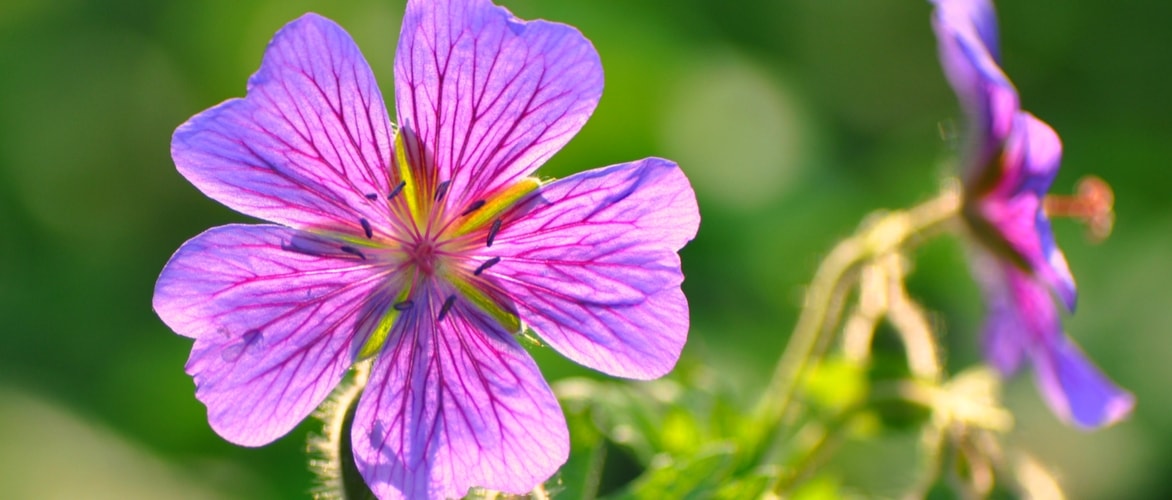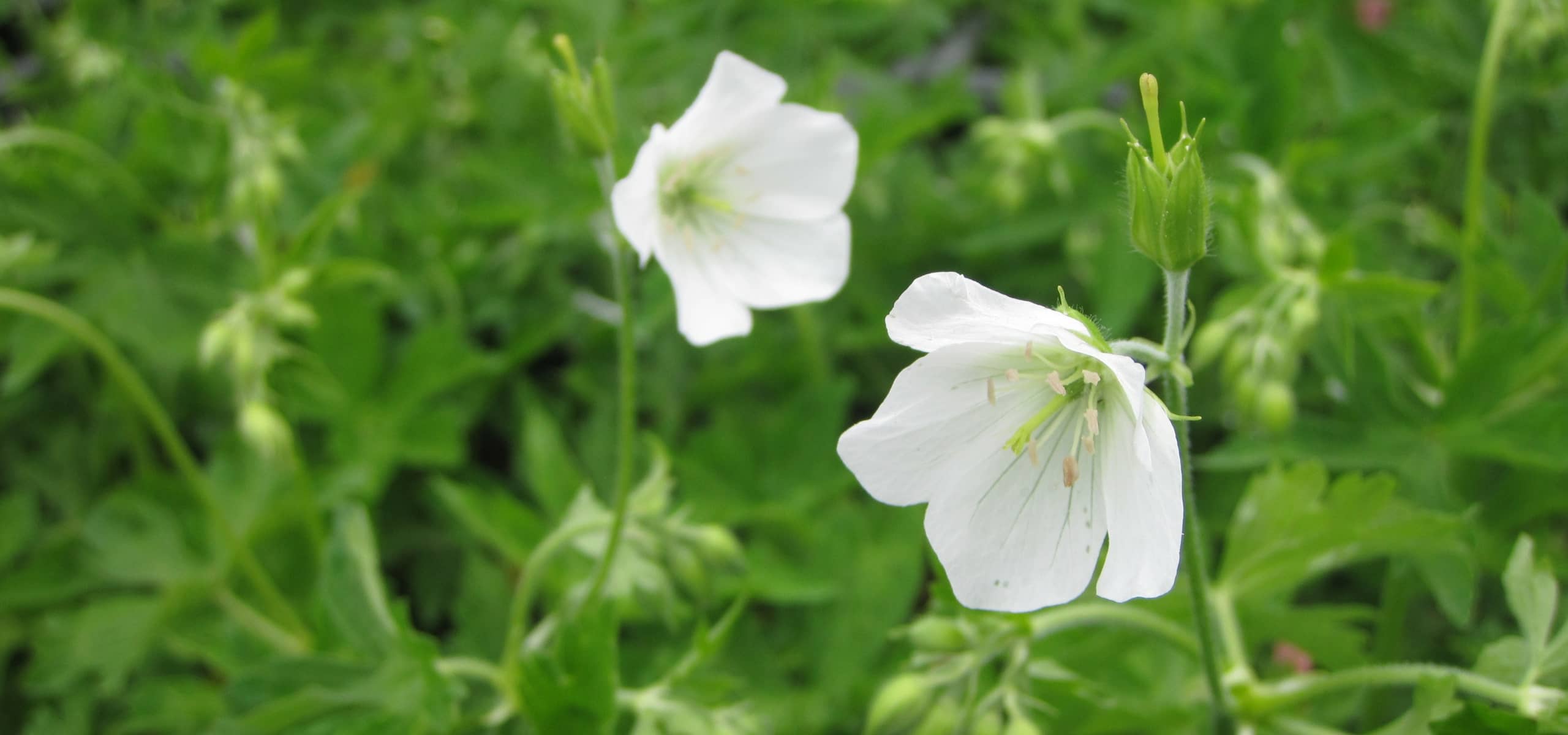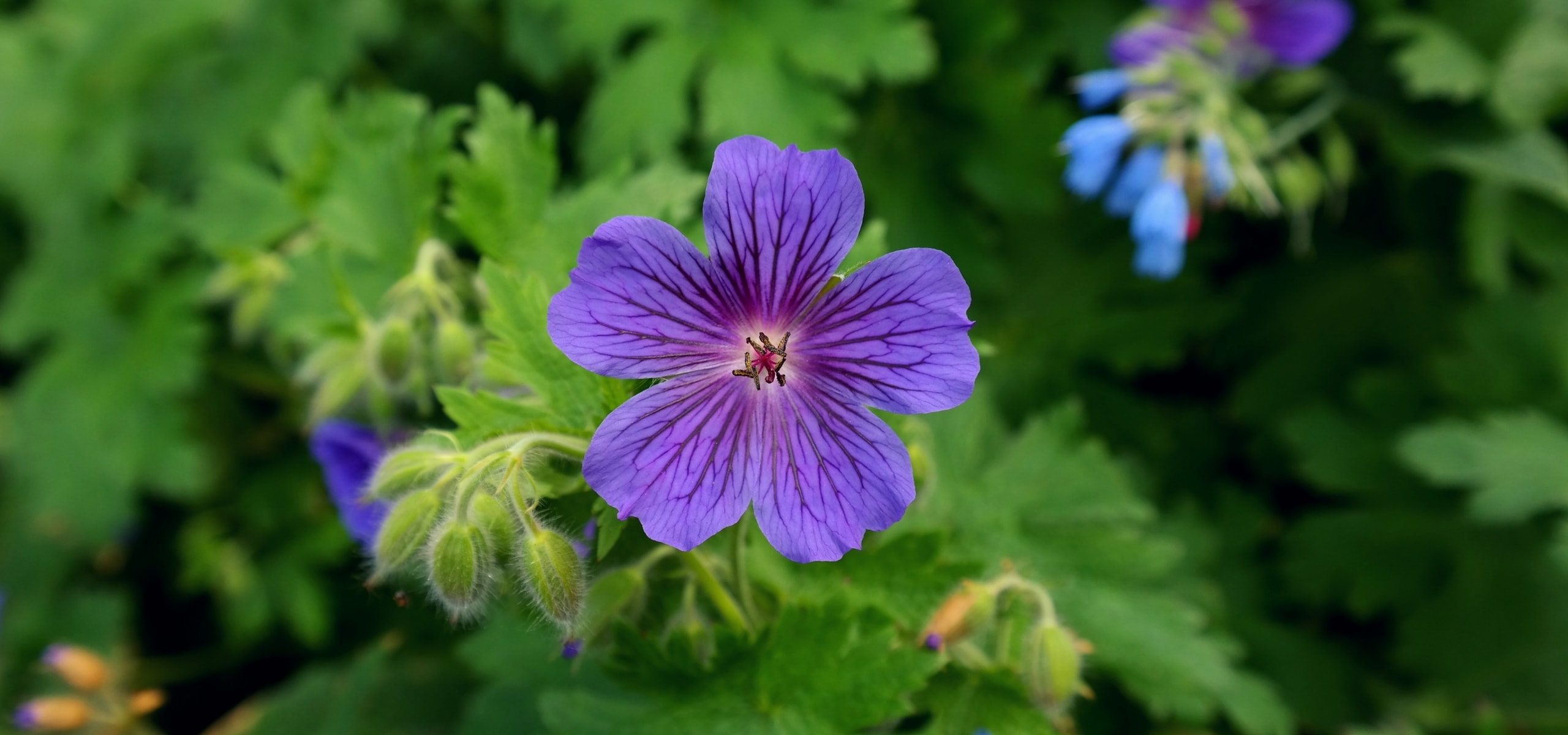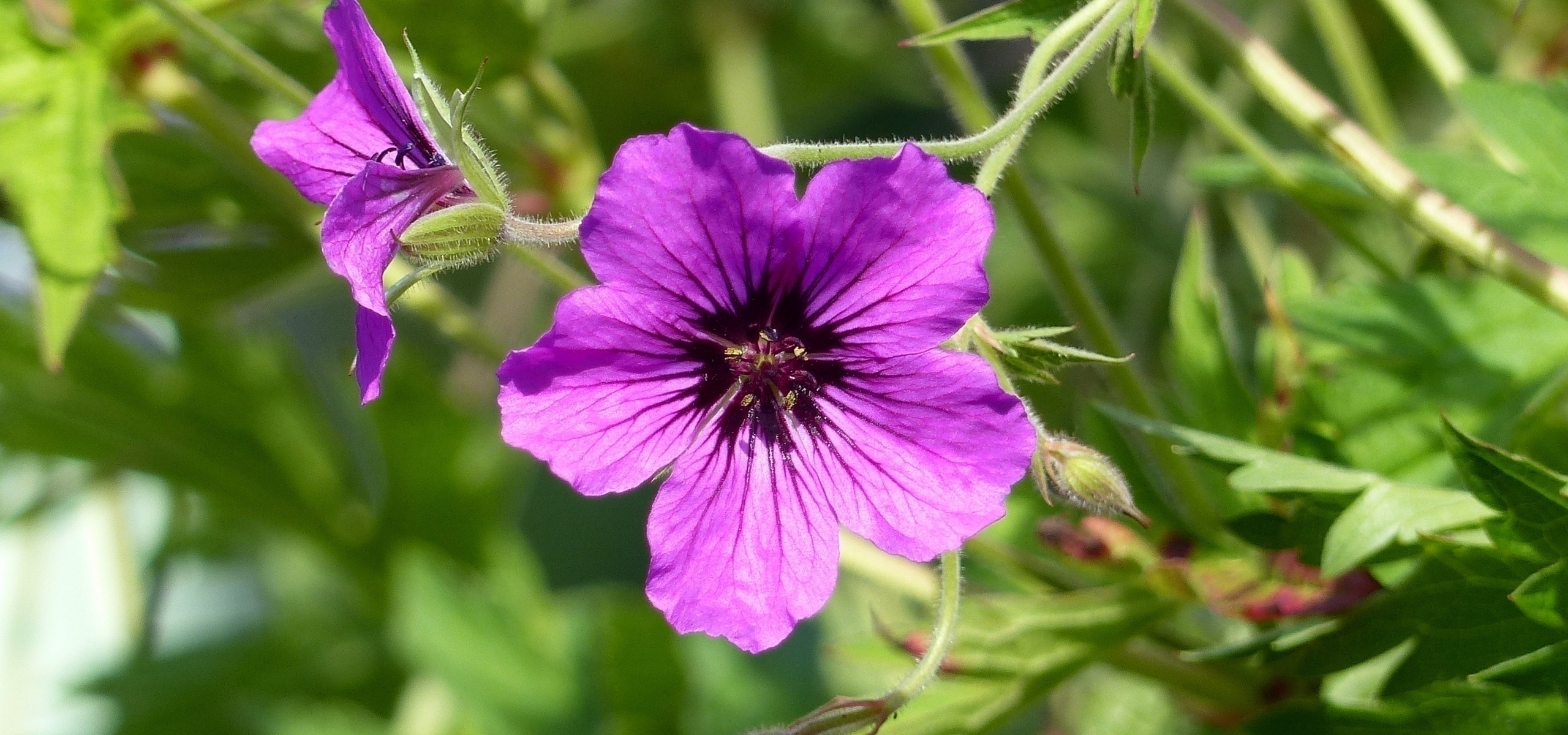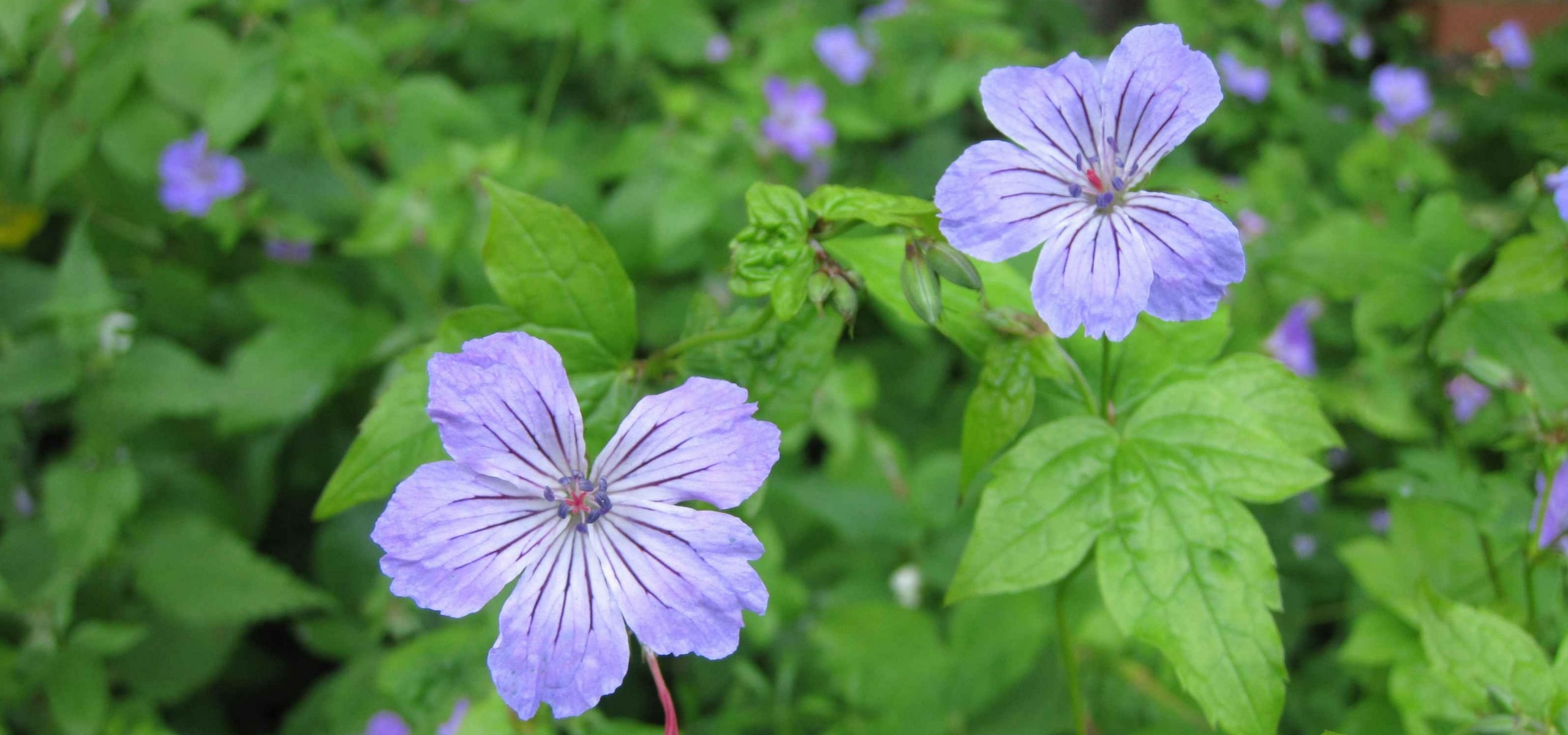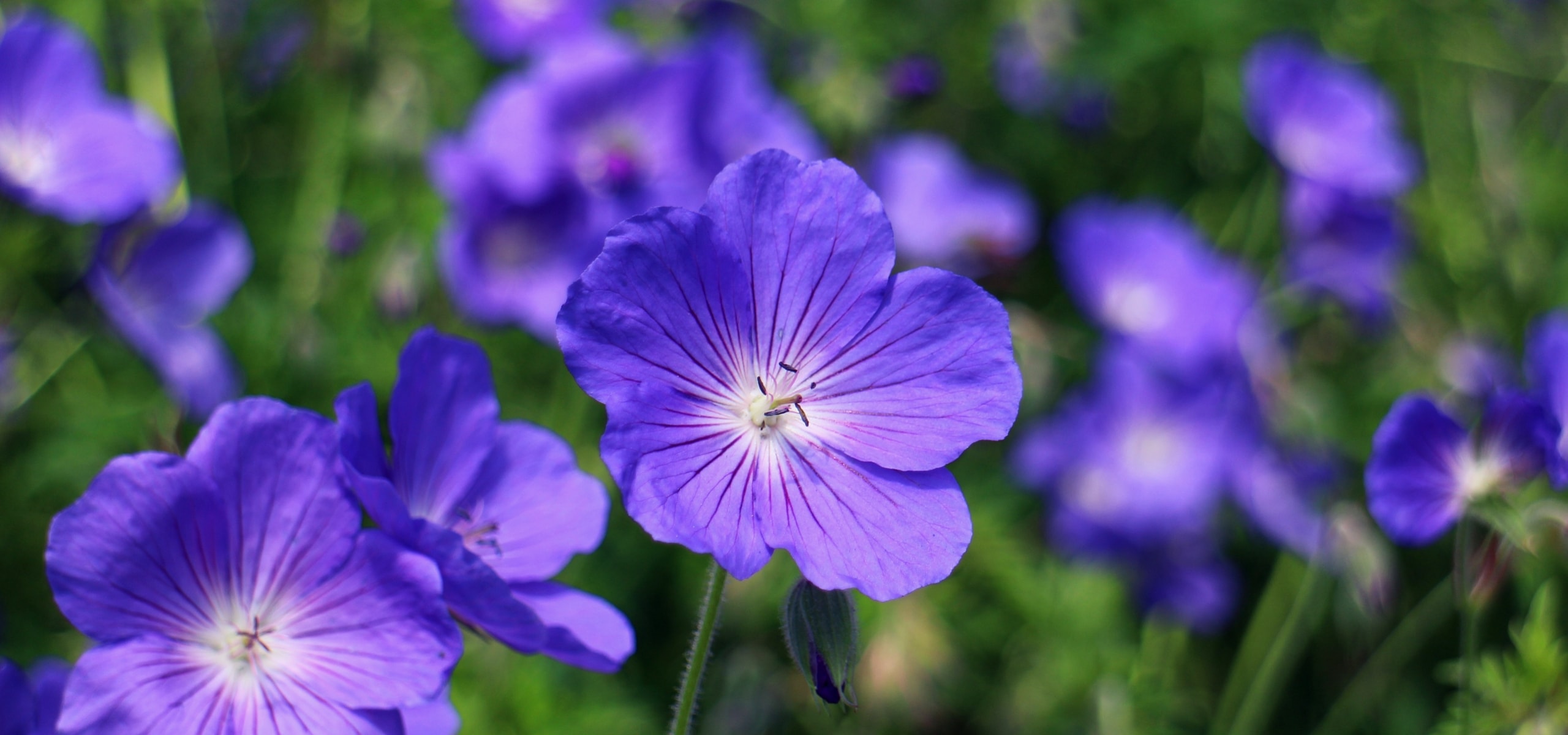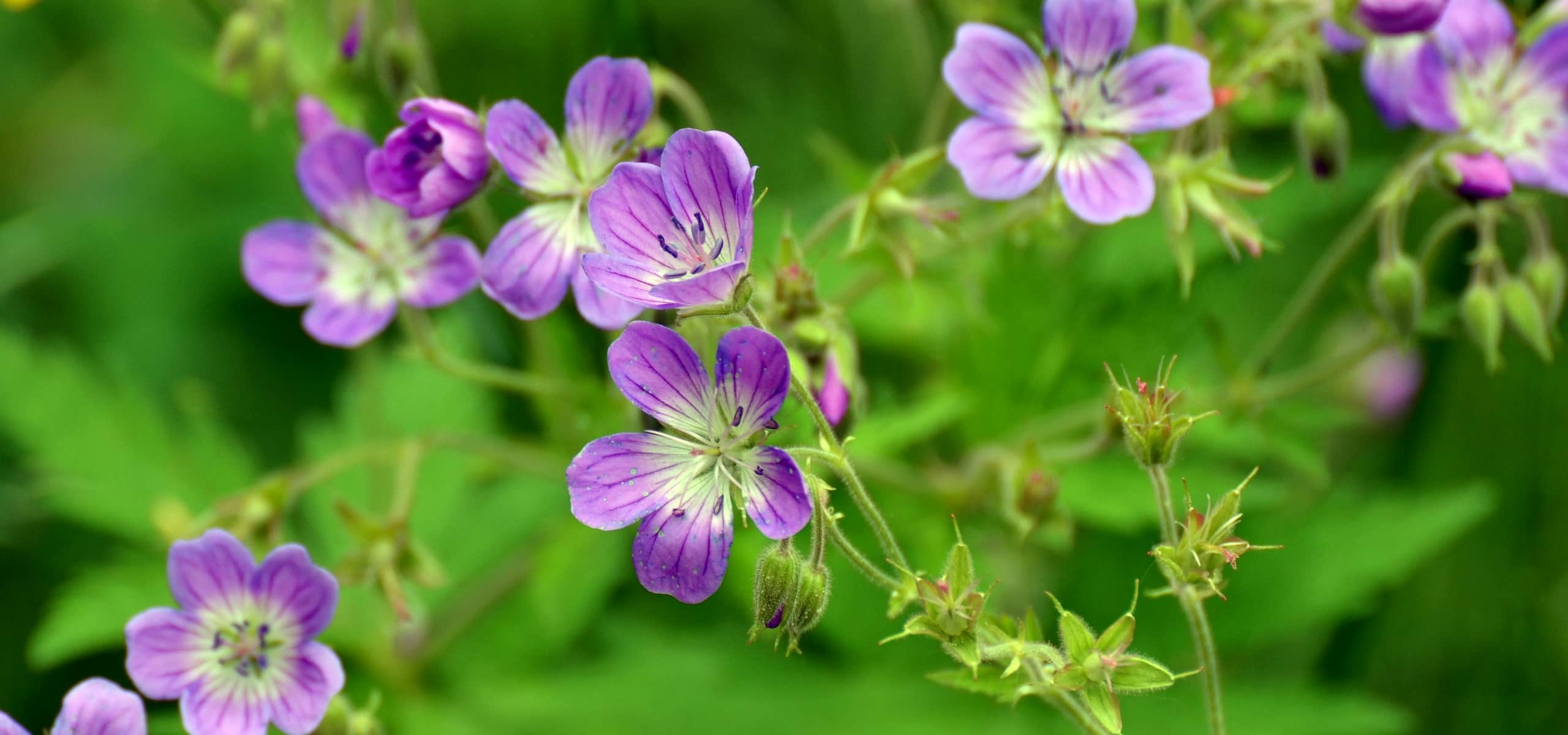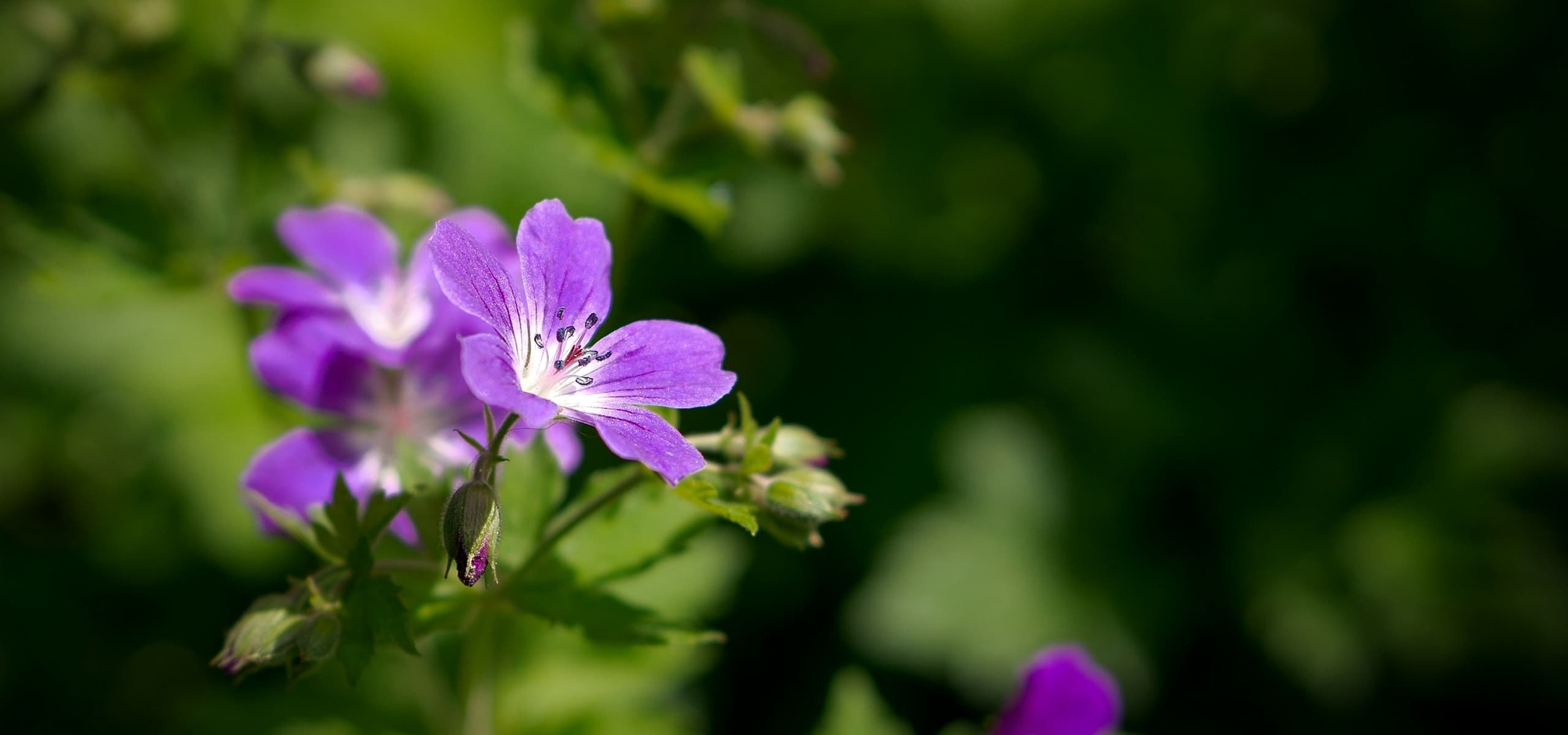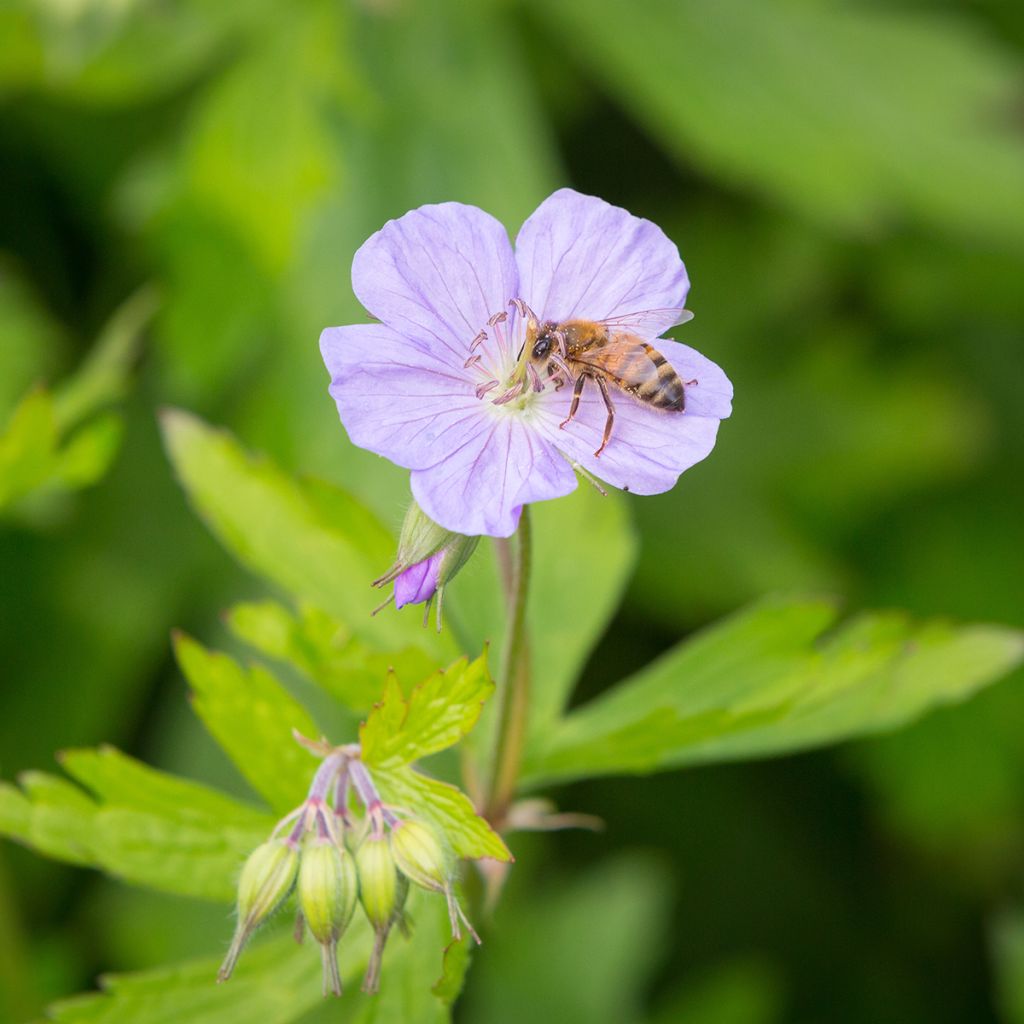

Geranium maculatum
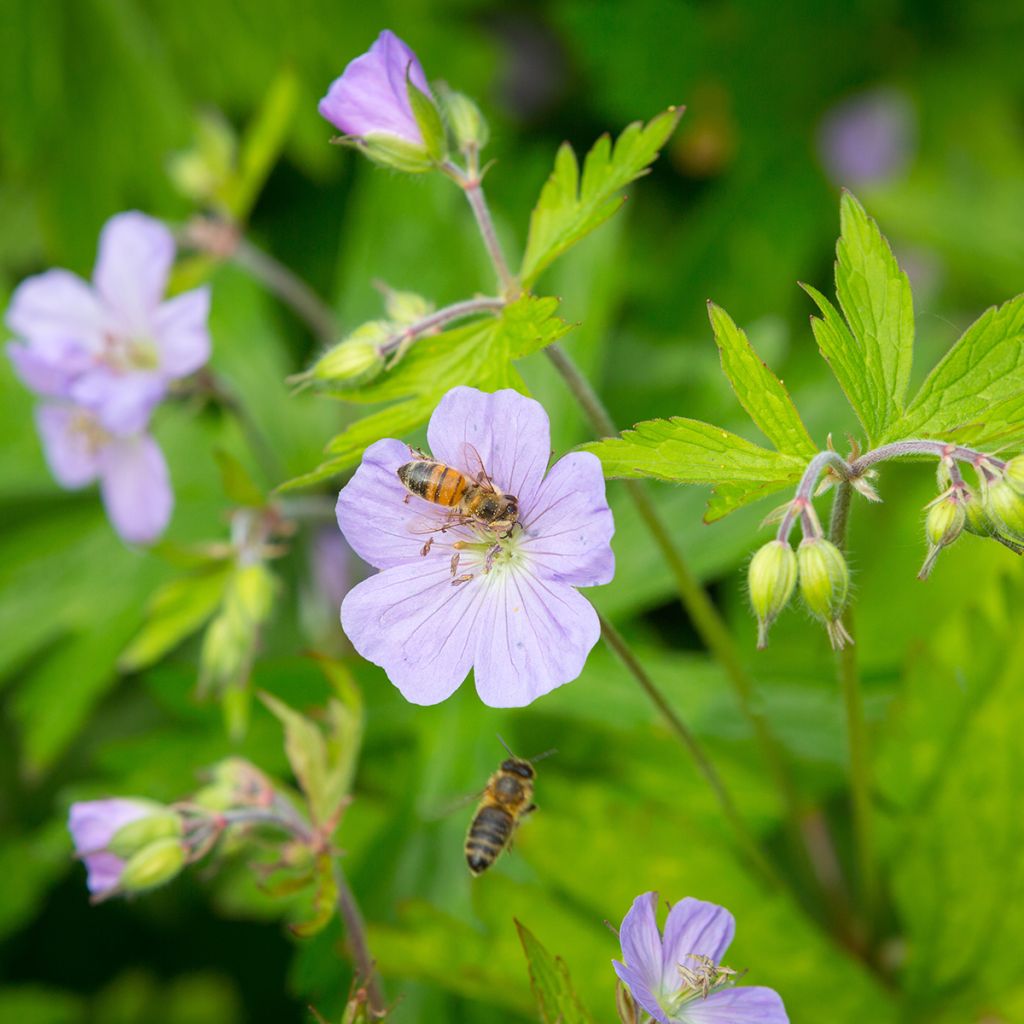

Geranium maculatum
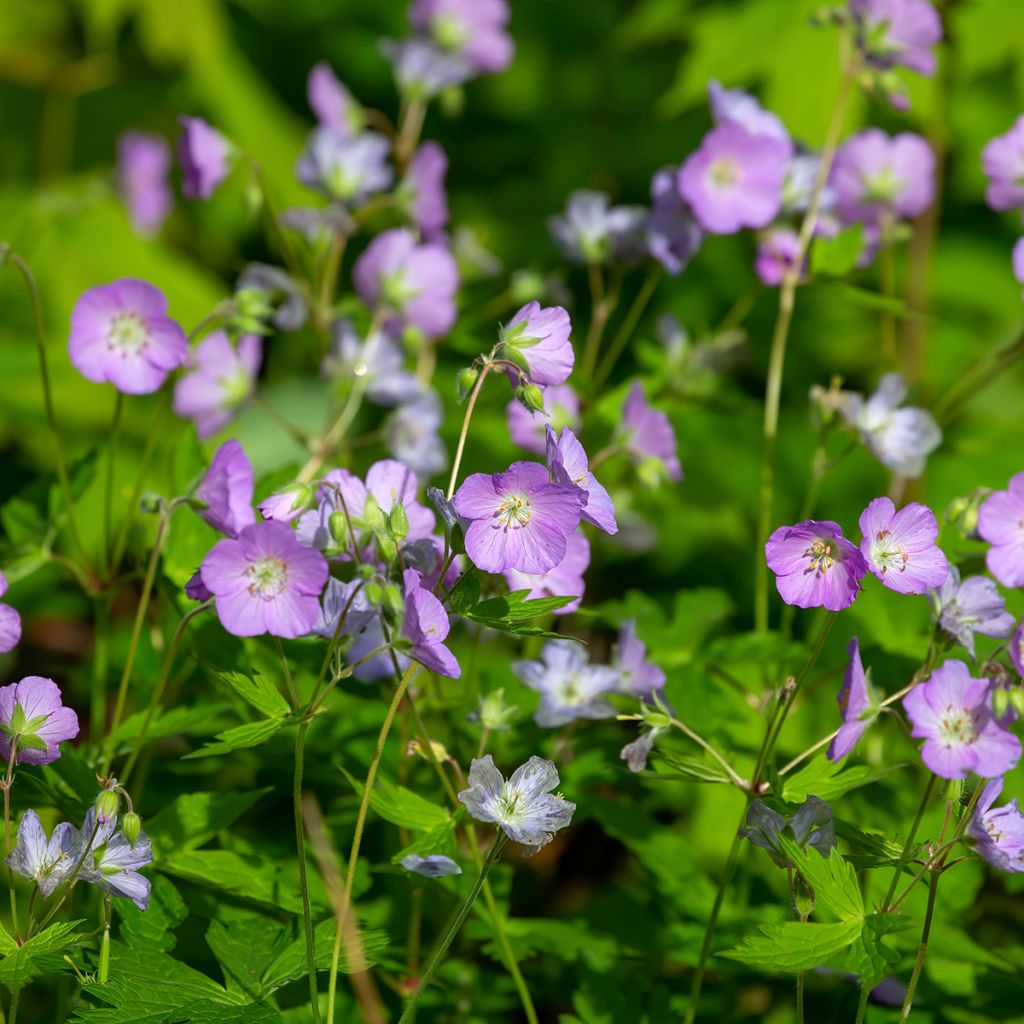

Geranium maculatum
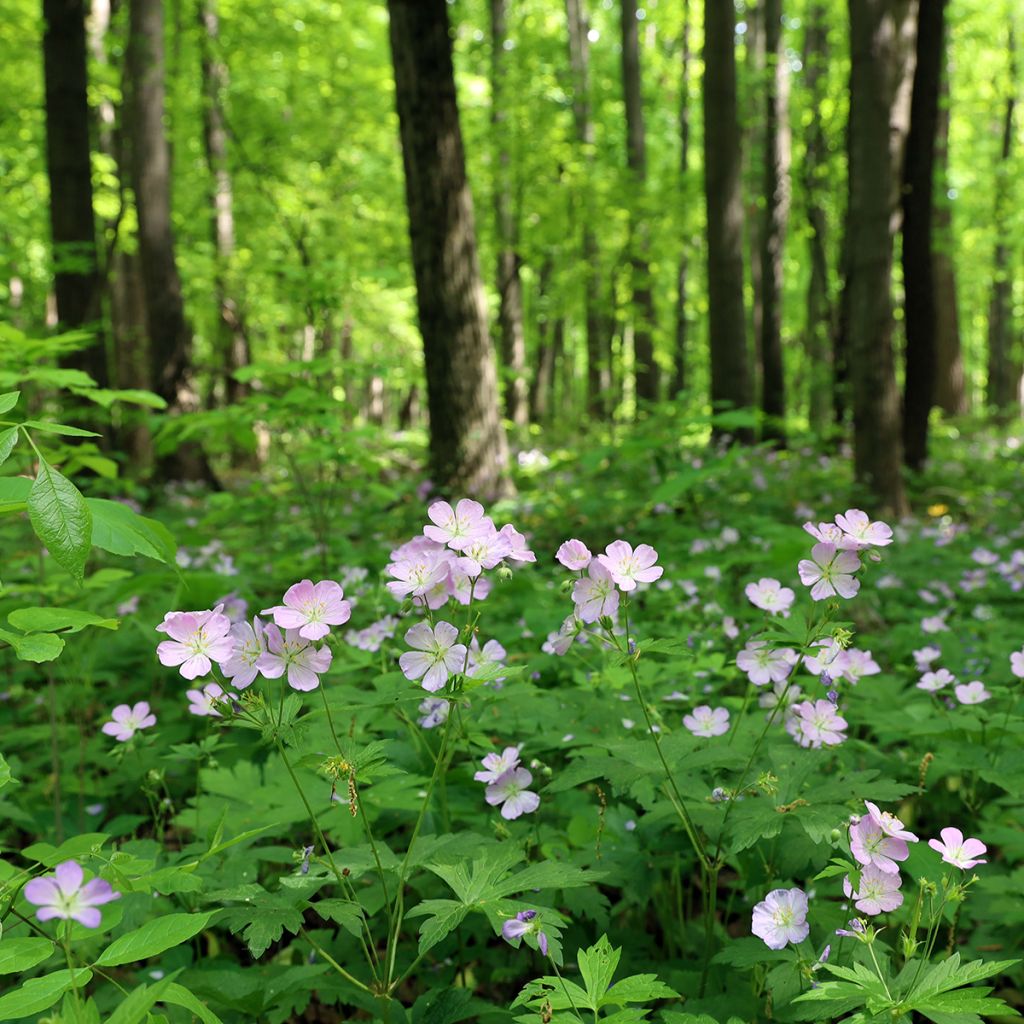

Geranium maculatum
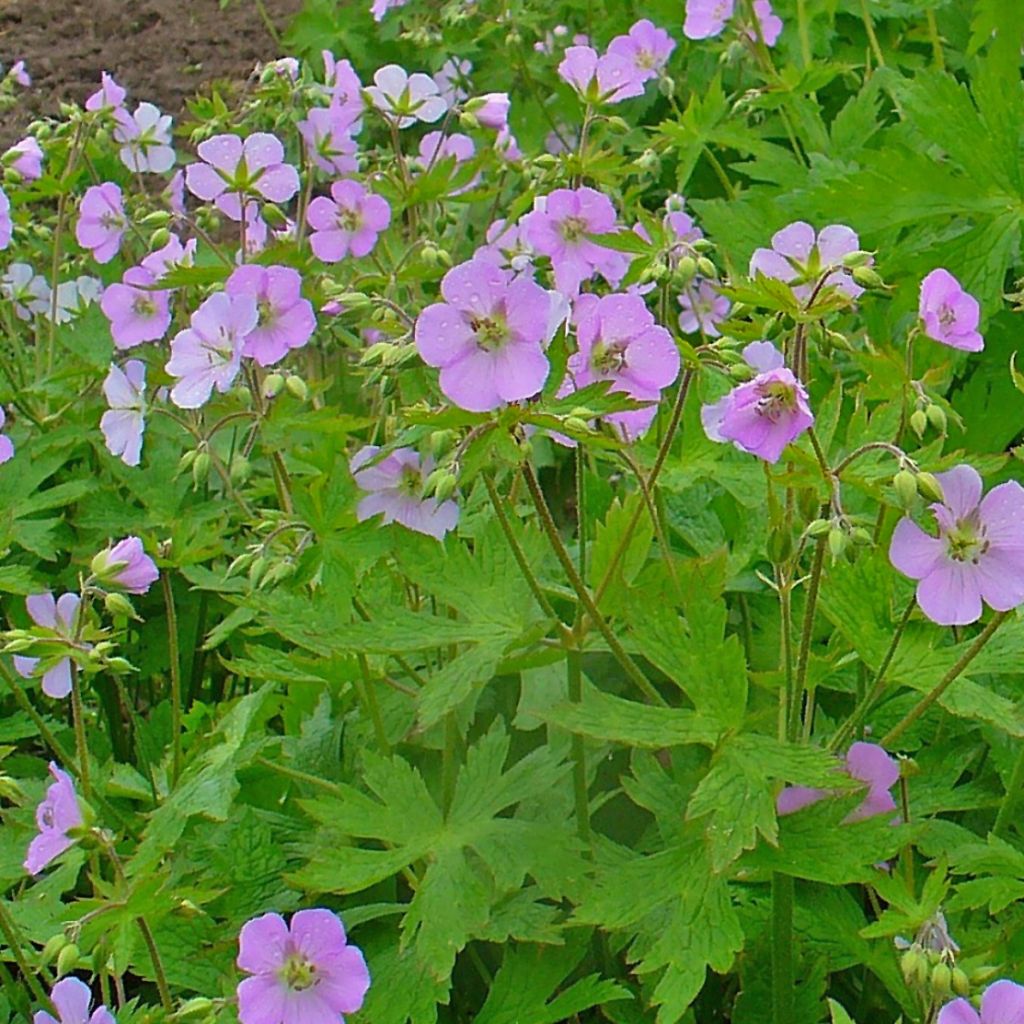

Geranium maculatum
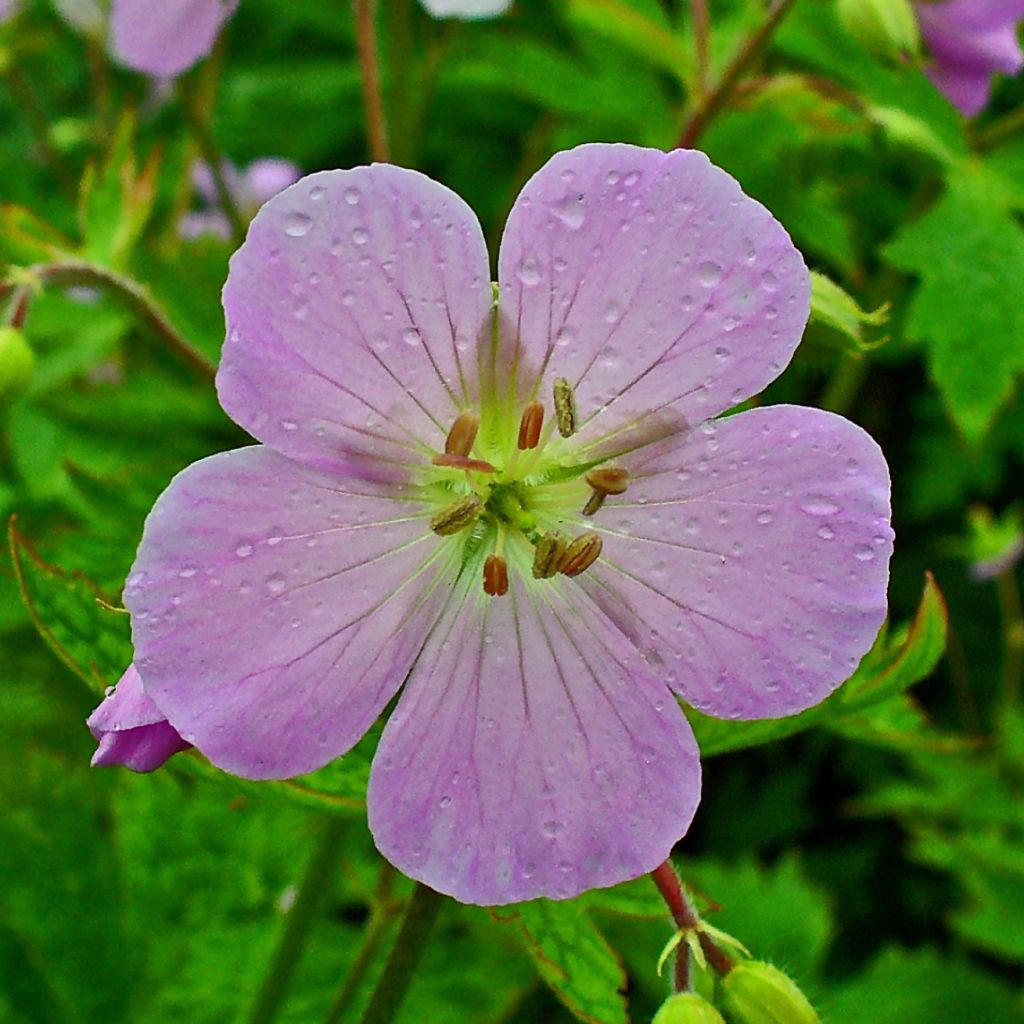

Geranium maculatum
Geranium maculatum
Geranium maculatum
Spotted Cranesbill, Wild Geranium
For my first order, I was truly surprised. By a quick delivery, and that in Belgium. But also and above all, by the care taken in the packaging of the young plants! Each of them in a rigid plastic shell, it's simply the best! In addition, a free catalogue as well as a gift voucher booklet. Thank you for your seriousness!
Georges M., 09/10/2018
Special offer!
Receive a €20 voucher for any order over €90 (excluding delivery costs, credit notes, and plastic-free options)!
1- Add your favorite plants to your cart.
2- Once you have reached €90, confirm your order (you can even choose the delivery date!).
3- As soon as your order is shipped, you will receive an email containing your voucher code, valid for 3 months (90 days).
Your voucher is unique and can only be used once, for any order with a minimum value of €20, excluding delivery costs.
Can be combined with other current offers, non-divisible and non-refundable.
Why not try an alternative variety in stock?
View all →This plant carries a 12 months recovery warranty
More information
We guarantee the quality of our plants for a full growing cycle, and will replace at our expense any plant that fails to recover under normal climatic and planting conditions.

Does this plant fit my garden?
Set up your Plantfit profile →
Description
Perennial Geranium maculatum, also known as spotted geranium, forms beautiful, slightly loose but elegant and light clumps. This graceful perennial is adorned with shiny, medium green foliage, deeply lobed and finely cut, and displays pretty pale mauve pink flowers veined with white, with a white centre, carried in loose clusters from spring onwards. This extremely hardy rhizomatous perennial grows vigorously in the shade of woodland or in marshy soils, in a sunny, partially shaded or even shaded site.
Geranium maculatum is a perennial plant belonging to the Geraniaceae family, native to high-altitude forests in Eastern America, from southern Manitoba and southwestern Quebec south to Alabama and Georgia and west to Oklahoma and South Dakota. From a robust and vigorous stump it develops into a large tuft measuring 60 to 70 cm (24 to 28in) in height, with a light and airy appearance. The pale pink, white-based flowers bloom very early, as early as April if weather permits. They measure between 2.5 and 4 cm (1 and 2in) in diameter and are arranged in loose clusters above the foliage. Its deciduous leaves are deeply cut, finely toothed, and strongly veined. They measure 10 to 12.5 cm (4 to 5in) in width and are slightly pubescent. The rhizome is covered with scars, corresponding to the remains of stems from previous years. This plant goes dormant in summer, once the ripeness of the fruits is achieved.
The main appeal of this perennial Geranium maculatum is its graceful vegetation and its great adaptability to moist, even marshy soils, as well as its good hardiness. It will thrive when planted in damp woodland conditions, under deciduous trees or bushes, along with Cimicifuga, Rodgersia, astilbes, or goat's beard. It will also be happy on the edge of a water feature. Since it is not very demanding in terms of exposure, as long as the soil remains moist, it can also adorn the edge of a sunny path and will blend well in a slightly wild border, alongside columbines, Filipendula 'Red Umbrella', in front of a group of Vernonia crinita.
This wild Geranium has astringent properties, thanks to the presence in its rhizomes of a hemostatic substance. The Mesquakie Indians consumed the roots to treat toothaches and hemorrhoids, among other things.
Geranium maculatum in pictures
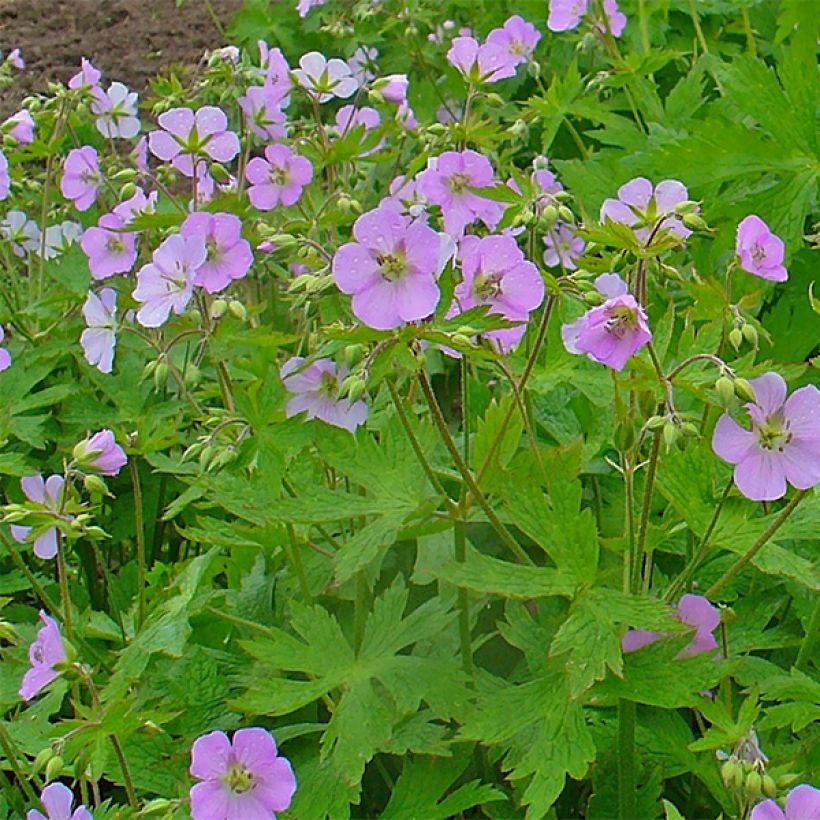

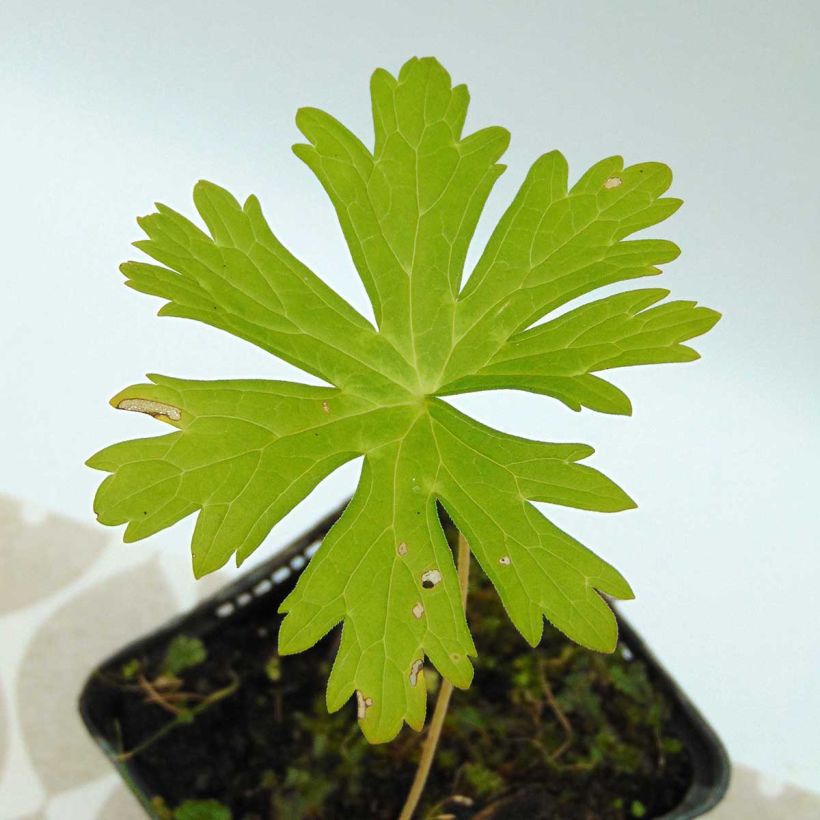



Flowering
Foliage
Plant habit
Botanical data
Geranium
maculatum
Geraniaceae
Spotted Cranesbill, Wild Geranium
North America
Other Hardy Geranium - Cranesbill
View all →Planting and care
Geranium maculatum is easy to grow in ordinary, moist to wet, even marshy soil. It thrives in full sun or partial shade. It prefers moist and humus-rich soils, but it tolerates poor soils, where it will be less vigorous. This plant will easily naturalise under the right conditions. Pruning is unnecessary as the flowering is not usually perpetual. When the summer is dry and hot, the foliage turns yellow and disappears, without causing the plant to die.
Planting period
Intended location
Care
Planting & care advice
-
, onOrder confirmed
Reply from on Promesse de fleurs
Haven't found what you were looking for?
Hardiness is the lowest winter temperature a plant can endure without suffering serious damage or even dying. However, hardiness is affected by location (a sheltered area, such as a patio), protection (winter cover) and soil type (hardiness is improved by well-drained soil).

Photo Sharing Terms & Conditions
In order to encourage gardeners to interact and share their experiences, Promesse de fleurs offers various media enabling content to be uploaded onto its Site - in particular via the ‘Photo sharing’ module.
The User agrees to refrain from:
- Posting any content that is illegal, prejudicial, insulting, racist, inciteful to hatred, revisionist, contrary to public decency, that infringes on privacy or on the privacy rights of third parties, in particular the publicity rights of persons and goods, intellectual property rights, or the right to privacy.
- Submitting content on behalf of a third party;
- Impersonate the identity of a third party and/or publish any personal information about a third party;
In general, the User undertakes to refrain from any unethical behaviour.
All Content (in particular text, comments, files, images, photos, videos, creative works, etc.), which may be subject to property or intellectual property rights, image or other private rights, shall remain the property of the User, subject to the limited rights granted by the terms of the licence granted by Promesse de fleurs as stated below. Users are at liberty to publish or not to publish such Content on the Site, notably via the ‘Photo Sharing’ facility, and accept that this Content shall be made public and freely accessible, notably on the Internet.
Users further acknowledge, undertake to have ,and guarantee that they hold all necessary rights and permissions to publish such material on the Site, in particular with regard to the legislation in force pertaining to any privacy, property, intellectual property, image, or contractual rights, or rights of any other nature. By publishing such Content on the Site, Users acknowledge accepting full liability as publishers of the Content within the meaning of the law, and grant Promesse de fleurs, free of charge, an inclusive, worldwide licence for the said Content for the entire duration of its publication, including all reproduction, representation, up/downloading, displaying, performing, transmission, and storage rights.
Users also grant permission for their name to be linked to the Content and accept that this link may not always be made available.
By engaging in posting material, Users consent to their Content becoming automatically accessible on the Internet, in particular on other sites and/or blogs and/or web pages of the Promesse de fleurs site, including in particular social pages and the Promesse de fleurs catalogue.
Users may secure the removal of entrusted content free of charge by issuing a simple request via our contact form.
The flowering period indicated on our website applies to countries and regions located in USDA zone 8 (France, the United Kingdom, Ireland, the Netherlands, etc.)
It will vary according to where you live:
- In zones 9 to 10 (Italy, Spain, Greece, etc.), flowering will occur about 2 to 4 weeks earlier.
- In zones 6 to 7 (Germany, Poland, Slovenia, and lower mountainous regions), flowering will be delayed by 2 to 3 weeks.
- In zone 5 (Central Europe, Scandinavia), blooming will be delayed by 3 to 5 weeks.
In temperate climates, pruning of spring-flowering shrubs (forsythia, spireas, etc.) should be done just after flowering.
Pruning of summer-flowering shrubs (Indian Lilac, Perovskia, etc.) can be done in winter or spring.
In cold regions as well as with frost-sensitive plants, avoid pruning too early when severe frosts may still occur.
The planting period indicated on our website applies to countries and regions located in USDA zone 8 (France, United Kingdom, Ireland, Netherlands).
It will vary according to where you live:
- In Mediterranean zones (Marseille, Madrid, Milan, etc.), autumn and winter are the best planting periods.
- In continental zones (Strasbourg, Munich, Vienna, etc.), delay planting by 2 to 3 weeks in spring and bring it forward by 2 to 4 weeks in autumn.
- In mountainous regions (the Alps, Pyrenees, Carpathians, etc.), it is best to plant in late spring (May-June) or late summer (August-September).
The harvesting period indicated on our website applies to countries and regions in USDA zone 8 (France, England, Ireland, the Netherlands).
In colder areas (Scandinavia, Poland, Austria...) fruit and vegetable harvests are likely to be delayed by 3-4 weeks.
In warmer areas (Italy, Spain, Greece, etc.), harvesting will probably take place earlier, depending on weather conditions.
The sowing periods indicated on our website apply to countries and regions within USDA Zone 8 (France, UK, Ireland, Netherlands).
In colder areas (Scandinavia, Poland, Austria...), delay any outdoor sowing by 3-4 weeks, or sow under glass.
In warmer climes (Italy, Spain, Greece, etc.), bring outdoor sowing forward by a few weeks.






























